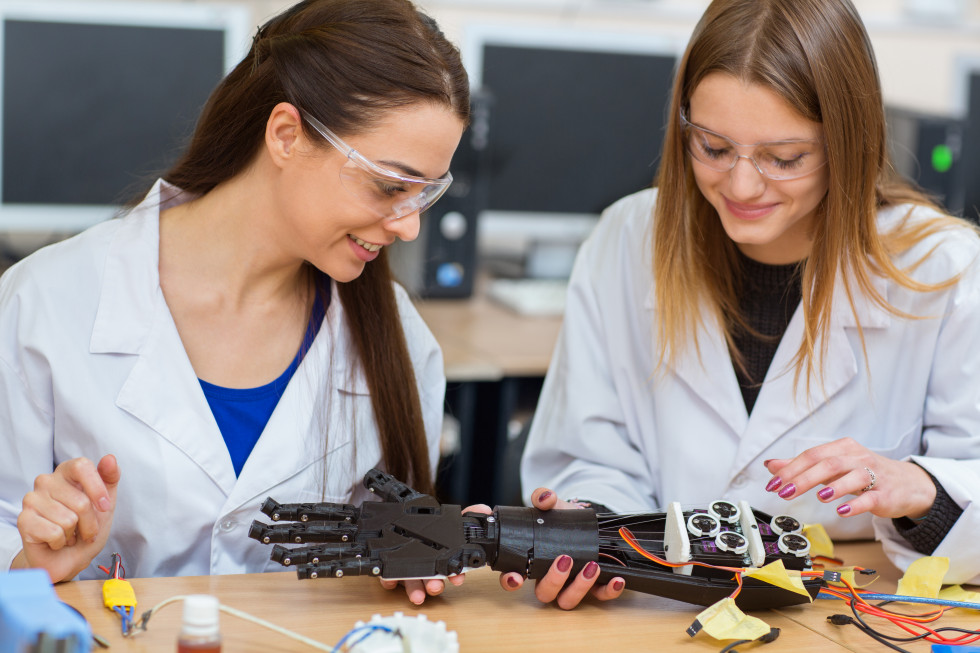Slovenia has more female inventors than the European average
- Slovenian Intellectual Property Office
- Ministry of Economic Development and Technology
The study is based on the percentage of female inventors listed in all patent applications filed with the European Patent Office from 1978 to 2019. It highlights that while the share of female inventors in Europe has increased over the last decades (from just 2% in the late 1970s to 13.2% in 2019), there is still a large gender gap. The rate of female inventors is also much lower than the share of women among researchers and graduates in science and engineering.
According to the survey, the rate of female inventors in Europe is higher than the rate of female inventors in Japan (9.5%), but lower than the rate of female inventors in South Korea (28.3%), China (26.8%) and the United States (15.0%).
Among European countries, Latvia (30.6%), Portugal (26.8%), Croatia (25.8%), Spain (23.2%) and Lithuania (21.4%) have the highest rates of female inventors, while Germany (10.0%), Luxembourg (10.0%), Liechtenstein (9.6%) and Austria (8.0%) have the lowest rates.
The highest proportion of European women inventors is in chemistry, while the lowest proportion is in engineering. In the chemical sector, patent applications in biotechnology and pharmaceuticals have a female inventor share of more than 30%.
The study finds that, over the period 2010 to 2019, patent applications from universities and public research organisations have a significantly higher proportion of female inventors (19.4%) than patent applications from private companies (10.0%). In addition, the report reveals that women are more likely to be found in inventor groups than among individual inventors, but tend to hold fewer leadership positions in these groups than men.
The full survey can be found on the European Patent Office website.


